R&D Lead.
Researcher.
Innovator.
Mentor.
Author.
Ultraleap LTD is on a mission to deliver interaction solutions that remove the boundaries between the physical and digital worlds. We’ve already moved from the keyboard and mouse to touchscreens and the next step is to interact in 3D, as we do in the real world, with depth and real spatial projection. Hand tracking and mid-air haptics are needed to help us instinctively interact in 3D and make our interactions clean, safe and intuitive.
Ultraleap was born out of research at the University of Bristol conducted by our CEO, Dr. Tom Carter. He was inspired by the commercial viability of haptics as a new way to interact with machines. He wanted to find a way to add the sense of touch to these interfaces so users could feel the virtual objects they were interacting with, without having to wear gloves, or hold controllers. Carter went on to invent mid-air haptics and founded Ultraleap (then Ultrahaptics) to commercialize the solution. In 2019, world-leading hand-tracking company Leap Motion and Ultrahaptics joined forces to create Ultraleap. These two solutions can now, quite literally, make infinite digital worlds available at your fingertips.
My role and responsibilities:
• Co-Principal Investigator on three European H2020 FET projects (Levitate, H-Reality, Touchless, and E-Textures)
• Co-Principal Investigator on the EPSRC Prosperity Partnership project with UCL and the InnovateUK project about mid-air haptic Automotive User Interfaces with Nottingham University
• Leading our Academic Program, applying for further national and international research funding, and delivering thought leadership through academic publications and patent innovations.
-
Touchless Haptic Experiences with Neurocognitive AI. Together with 5 other organisations (UCL, University of Copenhagen, Ultraleap, Public University of Navarre, SoftServe, CrowdHelix) we are developing next-gen haptic technologies that will enhance virtual social interactions by leveraging Artificial Intelligence (AI) and Neuroscience. When combined in the right way, we aim to enable novel human machine interfaces to deliver digital touch sensations that evoke not only a functional response (i.e., receptor response), but also an experiential one (i.e., affective, social and cognitive).
-
The E-Textures project is funded through the FET Innovation Launchpad
AI-Enabled Mid-Air Haptic Texture Generation. It aims to focus on commercializing mid-air haptic texture generation - a novel technology developed within the H-Reality project that would unlock the virtualization and digitization of mid-air touch interactions in the immersive and digital signage advertising markets (e.g., touching holograms of different fabrics in a shop) and enable novel business use-cases in new market verticals spanning from media and entertainment to retail and healthcare.
-
Levitation with localised tactile and audio feedback for mid-air interactions.
Levitate aims to create a radically new human-computer interaction paradigm where the user can reach into a three-dimensional display composed of levitating matter. The three core technologies that we are fusing together to achieve this are ultrasonic haptics, directional audio, and ultrasonic levitation.
See project video summary below.
-
Mixed Haptic Feedback for Mid-Air Interactions in Virtual and Augmented Realities.
H-Reality combines Ultrahaptics’ contactless haptic technology and Actronika’s contact haptic technology to create a more complete and compelling simulation of tactile experiences than has ever been possible before and aims to demonstrate it in a new Virtual Reality setting that we call Haptic Reality.
See project video summary below.
-
A Marie (Skłodowska) Curie Fellowship is a grant under one of the European RTD framework programmes to stimulate the training and mobility of researchers within the European Union. My 2-year fellowship started in May 2019 and was hosted by the IRIDA Research Centre for Communication Technologies, University of Cyprus. My project was called NEWSENs and you can find out more about it here.
-
Toshiba's Telecommunications Research Laboratory (TRL) is a world leader in next generation wireless networking and computing aspects relating to the Internet of Things (IoT), energy systems, and mobile applications.
My role at Toshiba involved:
Generating new IP for the company
Researching and publishing my results at scientific journals
Supervising PhD and MSc students from the University of Bristol
In this role I've applied my mathematical skills to applied engineering problems aimed at:
improving indoor wireless localisation algorithms
analysing and optimising wireless sensor network performance and reliability
-
The MPI-PKS is Europe's top research institute on Complex Systems. It houses about 80 visiting scientists and hosts 20 international workshops and seminars per year.
As a visiting scientist I was involved in interdisciplinary research in dynamical systems, random geometric networks, and quantum transport. I was able to influence and advance these areas forward by leading and contributing to collaborative team efforts.











